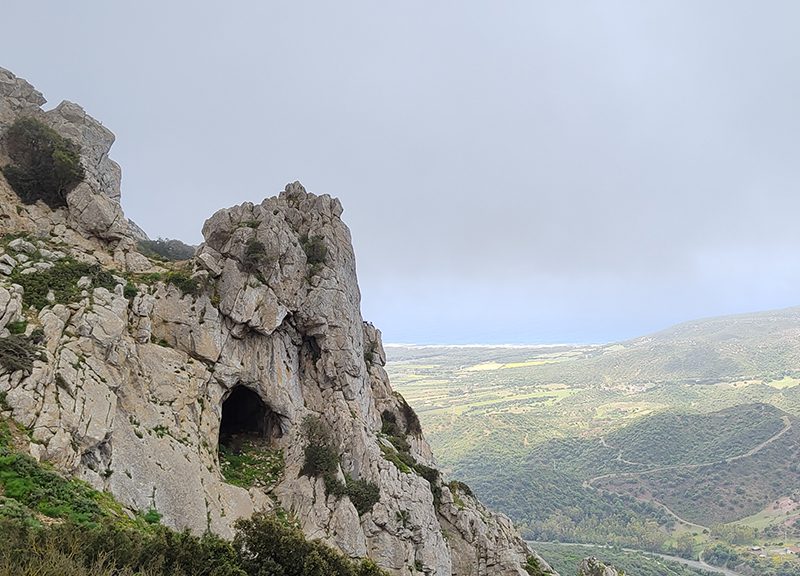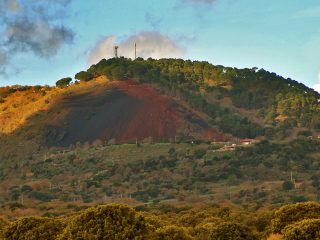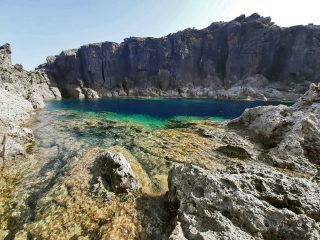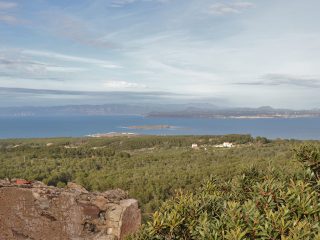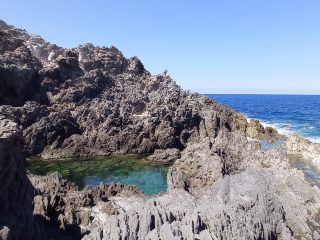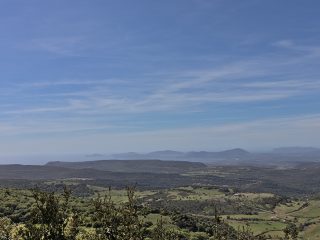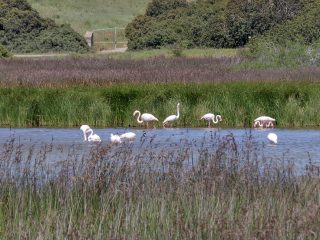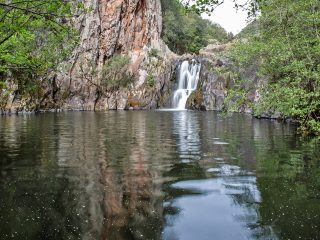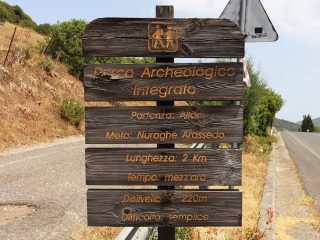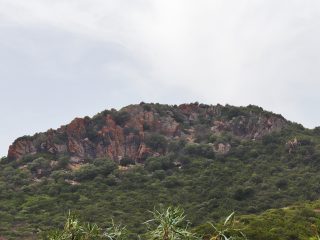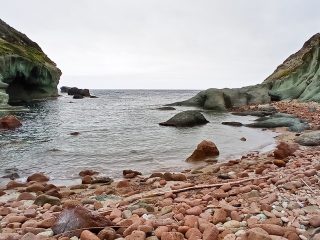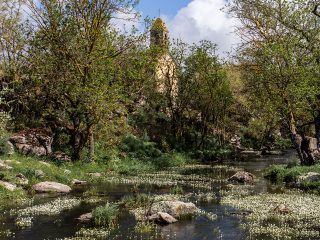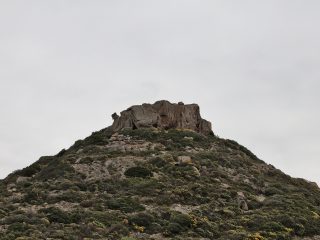Monte San Giovanni sits on the edge of the communal land of Iglesias and Gonnesa.
From a geological point of view, the mountain consists of sedimentary and metamorphic rocks dating to the Cambrian period (500 million years ago) and its peak reaches a height of 424 m a.s.l. Precisely because of the age of its rocks, the site was the focus of intense mining activity. Nowadays, the mountain has a large number of caverns, some of them natural others artificial.
Studies about the area have highlighted that the mountain was already well known in Roman times for its wealth of metal mines in the subsoil. The main extraction activity started from the mid-1800s onwards. The main extraction products included silver, lead and zinc. A number of villages for miners were established, like the Norman Village, and mineral enrichment plants. The extraction activity and the nearby mine of San Giovanni (in Iglesias), continued to operate until 1985.
More recently, the mines and all the connected structures were partly renovated and opened to the public with an industrial archaeology itinerary.
In addition, the mountain falls within the area of the Sites of Community Importance (SCI) “Costa di Nebida” (ITB040029) regulated by the Rete Natura 2000.


